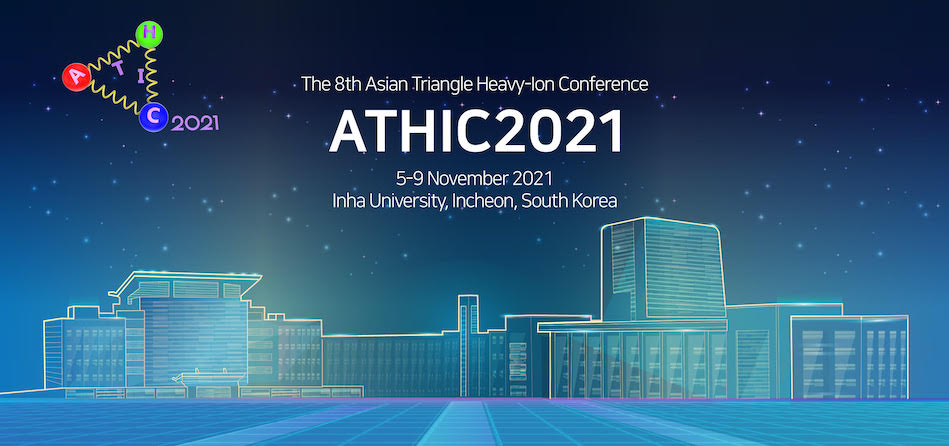Speaker
Description
Hydrodynamic expansion and jet quenching are responsible for the production of low and high transverse-momentum ($p_T$) particle in heavy-ion collisions, respectively. However, it is still a challenge to simultaneously describe hadron nuclear modification factor RAA and elliptic flow $v_2$, especially in the intermediate pT region of 2<$p_T$<10 GeV/c. In this talk, besides hydrodynamics and jet quenching, we also study the effects of the quark coalescence and the hadron cascade on hadron spectra and flow. We find the key to solving the RAA-$v_2$ puzzle is the incorporation of quark coalescence into the state-of-the-art event-by-event simulations of heavy-ion collisions. Specifically, our new theoretical framework combines 1) the Coupled Linearized Boltzmann Transport and Hydrodynamic (CoLBT-Hydro) model, 2) a hadronization model including Cooper-Frye sampling, quark coalescence and string fragmentation, and 3) a hadron cascade model. For the first time, we can consistently describe and understand the experimental data on RAA and v2 along with their flavor dependence and hadron chemistry (proton-to-pion and kaon-to-pion ratios) from low to intermediate pT and high pT in high-energy heavy-ion collisions. We also predict a novel consequence of the strangeness enhancement and the quark coalescence that kaon $v_2$ larger than the pion $v_2$ in the transverse momentum region of 3<$p_T$<5 GeV/c. Our prediction is an example of high-precision tests of the quark coalescence model in nuclear collisions.
[1] Wenbin Zhao, Weiyao Ke, Wei Chen, Tan Luo and Xin-Nian Wang, arXiv:2103.14657 [hep-ph].
[2] Wenbin Zhao, Che-Ming Ko, YuXin Liu, Guangyou Qin and Huichao Song, Phys. Rev. Lett. 125, 072301 (2020).
